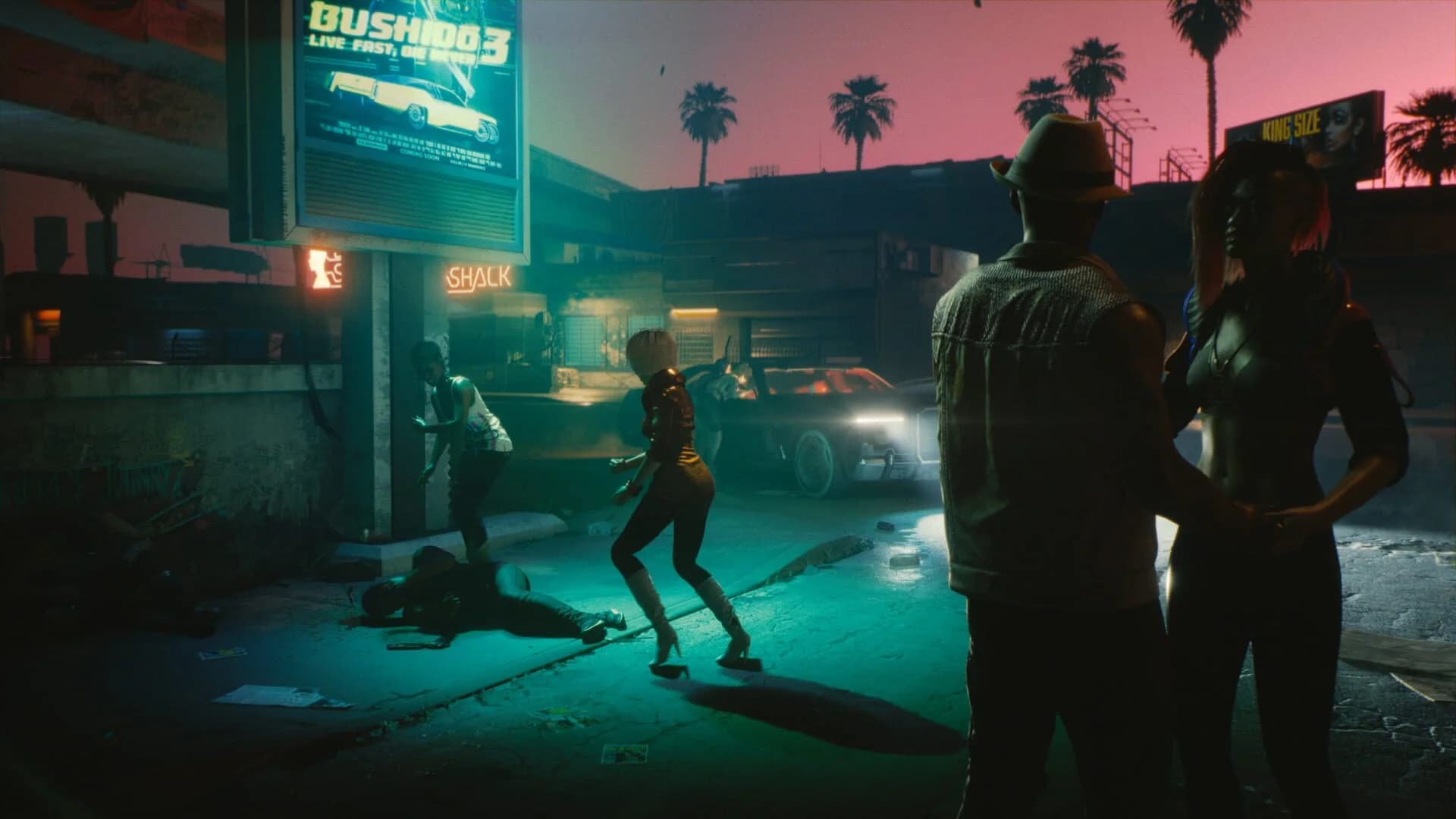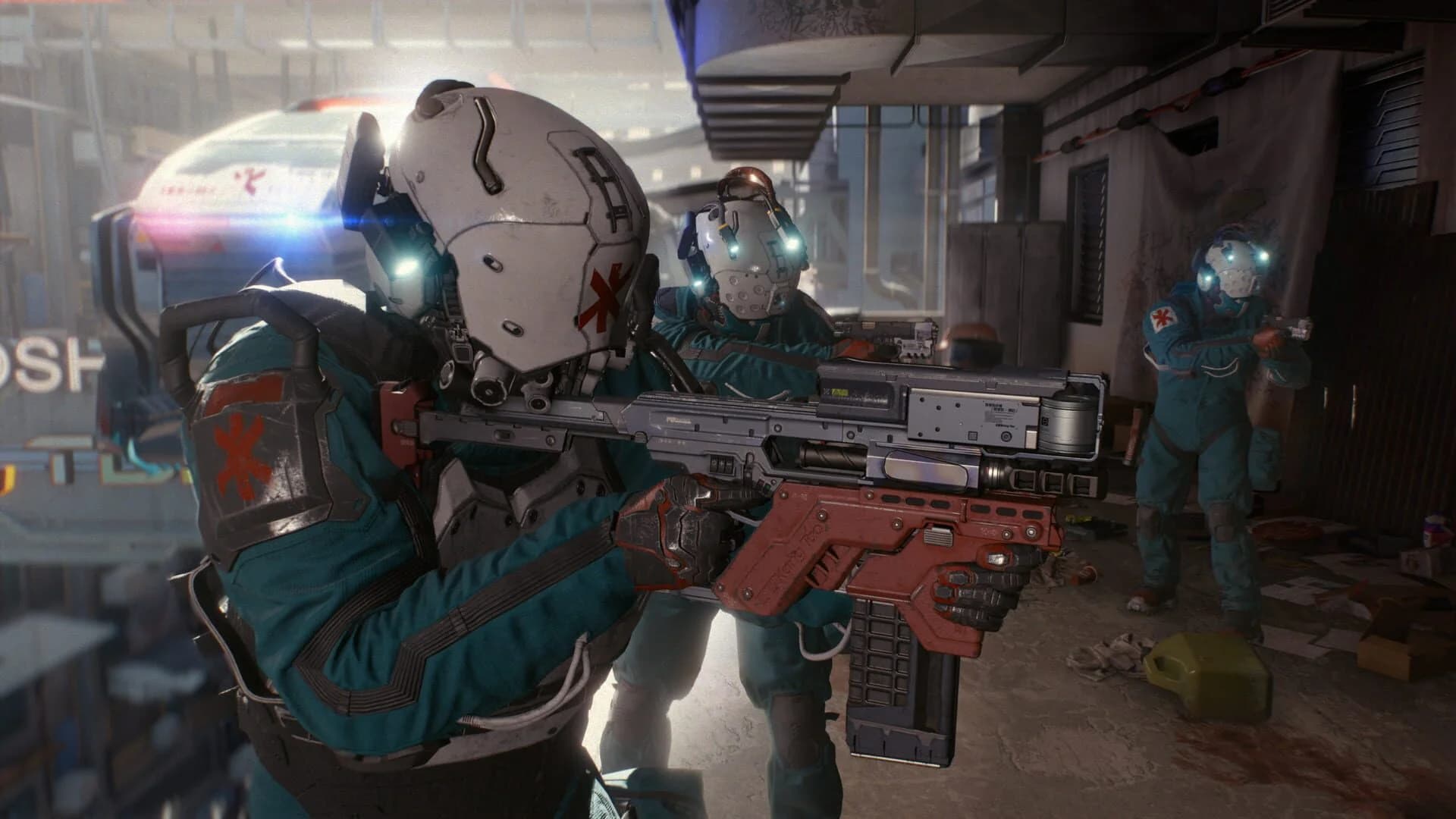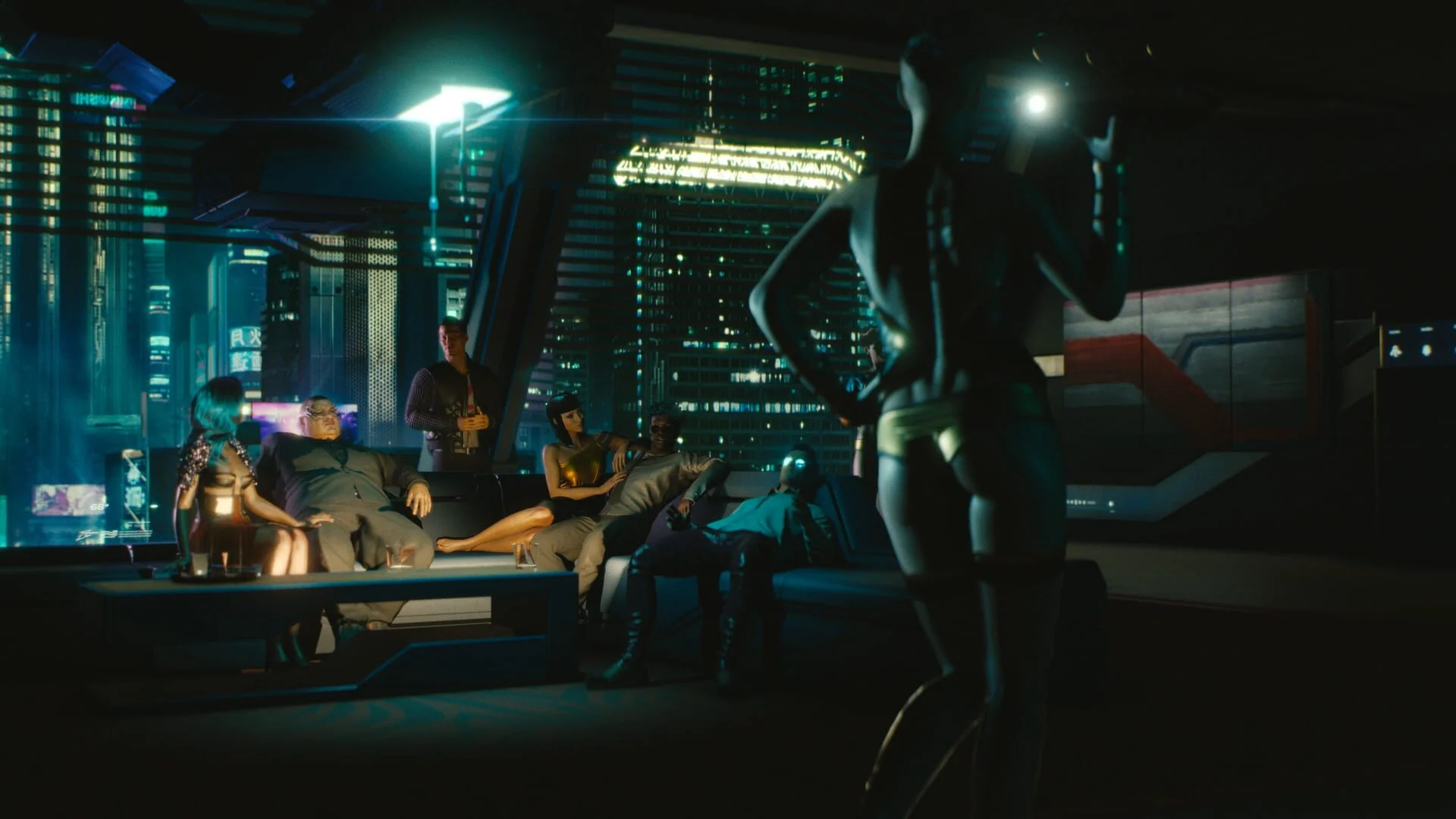
If you’d told me a couple of years ago that Cyberpunk 2077 would run natively on a Nintendo handheld, I’d have laughed. After the game’s infamous launch on PS4 and Xbox One, any talk of smooth portability sounded like pure science fiction. Yet here we are: CD Projekt Red’s sprawling RPG—complete with the Phantom Liberty expansion—now lives on the Switch 2. But is this release the triumph of modern hardware or simply another exercise in compromise? We took Night City on the go to find out.
The Switch 2 build offers two distinct graphics presets: Performance and Quality. In Quality mode, the game maintains a steady 30 fps, with docked resolution locked at a minimum of 720p and scaling up to 1080p when the scene is less demanding. Handheld resolution hovers between 360p and 810p. Switch to Performance mode and you get a target of 40 fps, but dense crowds, explosions or firefights can push it down into the low 30s. By comparison, PC and PlayStation 5 editions easily hit 60 fps—often with ray tracing enabled—so the Switch 2 port won’t match next-gen fluidity. Still, in quieter stretches of Night City, the higher frame-rate setting feels surprisingly smooth for a handheld.
To fit Cyberpunk 2077’s high-end tech into Nintendo’s hybrid box, visual fidelity has been pared back. There’s no ray tracing here, but post-processing effects and ambient occlusion remain in a streamlined form. Texture detail on NPCs and background assets is visibly lower, and population density is thinned out—streets feel emptier than on PC. That said, an Nvidia-style upscaling algorithm helps restore some sharpness, and on the Switch 2’s bright, 7-inch screen, you’ll still spot gleaming neons and rich color palettes. Motion blur is off by default to avoid “smeary” frames, and shadows are softer, but lighting transitions hold up better than expected in a portable build.

Despite the technical trade-offs, all of Cyberpunk 2077’s core systems arrive intact. You can roam a condensed yet functional Night City, engage in branching dialogues, deploy hacking quickhacks, and lead high-speed vehicular chases. Phantom Liberty’s additional missions, memorable characters and new cyberware are integrated seamlessly, without missing a beat. The Switch 2’s custom SSD and LPDDR5 memory also deliver faster load times than we saw on last-gen consoles: fast travel and area transitions feel noticeably snappier on this platform.

One standout feature is cross-save support. Link your CD Projekt Red account and you can swap between PC, PS5 and Switch 2, picking up exactly where you left off. It’s ideal for ratcheting in side gigs on your commute, then heading home to continue on a big screen. True cross-progression remains rare in AAA RPGs, and here it’s implemented cleanly—no manual file juggling required.
Button mapping on the Switch 2 feels tight, with dual analog sticks handling movement and camera smoothly. Touchscreen shortcuts help you zoom the map, open your inventory or toggle quickhacks without fumbling through menus. That said, some UI panels feel a bit cramped in handheld mode, and prompts occasionally overlap—especially during intense gunplay. Docked play alleviates most of these concerns, but you’ll want to tweak sensitivity and icon scaling to suit your taste.

Cyberpunk 2077 on Switch 2 isn’t the ultimate way to experience Night City. If raw graphical power, ray tracing and a consistent 60 fps are must-haves, PC and PS5 remain king. But as a feature-complete, portable edition—complete with Phantom Liberty, cross-save, and respectable performance—this port is nothing short of astonishing. Embrace the 30 fps ceiling and quieter streets, and you’ll discover that the soul of Cyberpunk 2077 survives the downsizing. For gamers looking to carry Night City in their backpack, Switch 2 delivers a surprisingly robust slice of sci-fi RPG action on the go.
Get access to exclusive strategies, hidden tips, and pro-level insights that we don't share publicly.
Ultimate Gaming Strategy Guide + Weekly Pro Tips